Phaeophyscia insignis (Mereschk.) Moberg
Bot. Not., 131: 261, 1978. Basionym: Physcia insignis Mereschk. - Ann. Cons. J. Bot. Genève, 121: 191, 1919.
Synonyms: Physcia ticinensis (Mereschk.) Frey; Physcia virella f. tenuisecta Mereschk.; Physcia virella var. gracilis Mereschk.
Distribution: N - VG, Frl (TSB 4015), Lomb (Zocchi & al. 1997, Arosio & al. 2003), Piem (Morisi & Sereno 1995, Piervittori 2003, Isocrono & al. 2005b, Giordani & Malaspina 2016), Lig (Giordani & al. 2025). C - Umb (Ravera & Ciotti 2015), Mol (Ravera & Genovesi 2012, Genovesi & Ravera 2014, Paoli & al. 2015), Sar (Zedda 2002). S - Camp (Nimis & Tretiach 2004, Garofalo & al. 2010), Bas (Potenza & al. 2014, Cassola & al. 2025), Si (Ravera & al. 2023b).
Description: Thallus foliose, heteromerous, dorsiventral, narrow-lobed, forming orbicular to irregular, up to 1(-2) cm wide rosettes. Lobes discrete to partly imbricate, 0.3-0.5(-0.7) mm wide, usually flat, whitish grey to pale grey-brown, epruinose, with laminal, round, subcapitate soralia which are often broader than the lobes, bearing farinose soredia. Lower surface white to tan, with simple rhizines. Upper and lower cortex paraplectenchymatous; medulla white. Apothecia rare, lecanorine, to 1.5 mm across, the thalline margin sometimes with a corona of rhizines. Epithecium brown; hymenium and hypothecium colourless; paraphyses slender, often forked in upper part, the apical cells clavate, with a thin dark cap. Asci 8-spored, clavate, the K/I+ blue tholus penetrated by a faintly amyloid apical cushion with parallel or diverging flanks, the wall K/I-, surrounded by a K/I+ blue outer layer, Lecanora-type. Ascospores 1-septate, brown, ellipsoid, 17-24 x 8-9 µm, Physcia-type. Pycnidia rare. Conidia ellipsoid. Photobiont chlorococcoid. Spot tests: cortex and medulla K-, C-, KC-, P-, UV-. Chemistry: without lichen substances. Note: a mild-temperate species found on isolated trees with base-rich, soft bark; certainly more widespread albeit never common, perhaps often confused with stout specimens of Hyperphyscia adglutinata. The species is very similar to Physciella melanchra (Hue) Essl., described from Japan, the only purported relevant difference being the para- versus psosoplectenchymatous lower cortex.
Growth form: Foliose, narrow lobed
Substrata: bark
Photobiont: green algae other than Trentepohlia
Reproductive strategy: mainly asexual, by soredia, or soredia-like structures (e.g. blastidia)
Commonnes-rarity: (info)
Alpine belt: absent
Subalpine belt: absent
Oromediterranean belt: absent
Montane belt: absent
Submediterranean belt: rather rare
Padanian area: absent
Humid submediterranean belt: rare
Humid mediterranean belt: absent
Dry mediterranean belt: absent
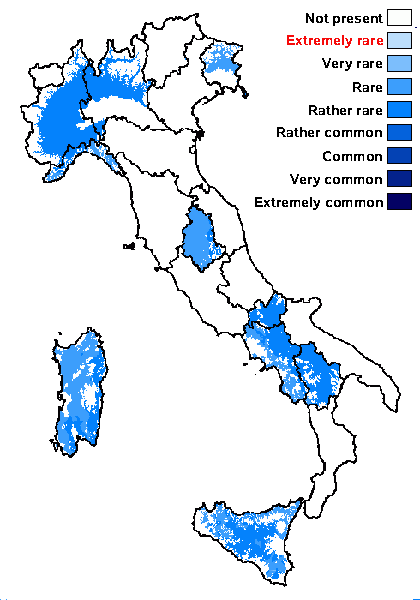
Predictive model
Herbarium samples
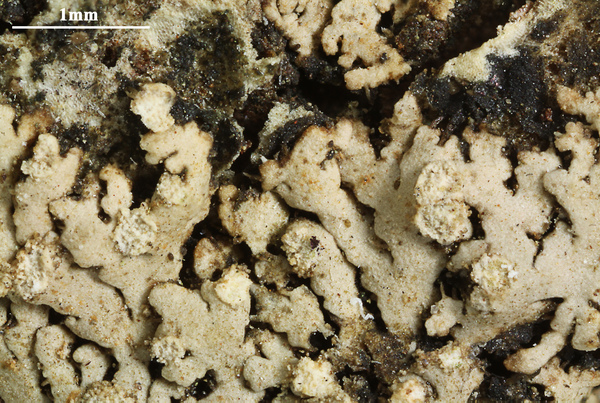

Felix Schumm - CC BY-SA 4.0
[20176], Jugoslavia, Dalmatia, Starigrad, in vallecula haud procul a faucibus Paklenica. In cortice Quercus pubescentis. Leg. et det. J. Poelt et J. Hafellner, 13.06.1973. V ZDA: LICHENES SELECTI EXSICCATI NR. 1194.
As Ph. ticinensis
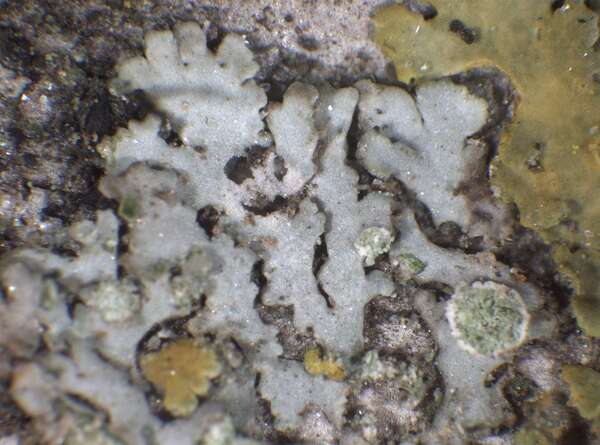

P.L. Nimis; Owner: Department of Life Sciences, University of Trieste
Herbarium: TSB (35424)
2002/12/02
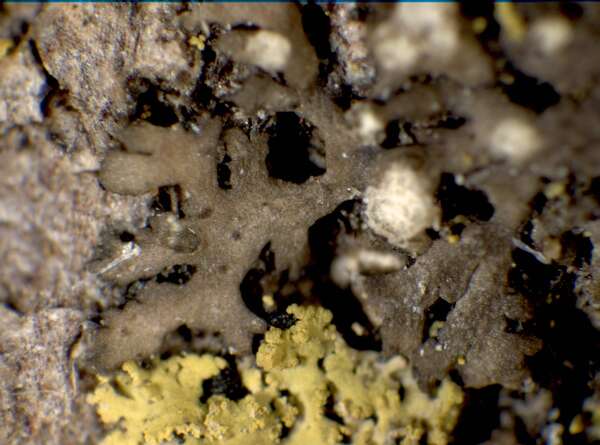

P.L. Nimis; Owner: Department of Life Sciences, University of Trieste
Herbarium: TSB (4015)
2001/12/11
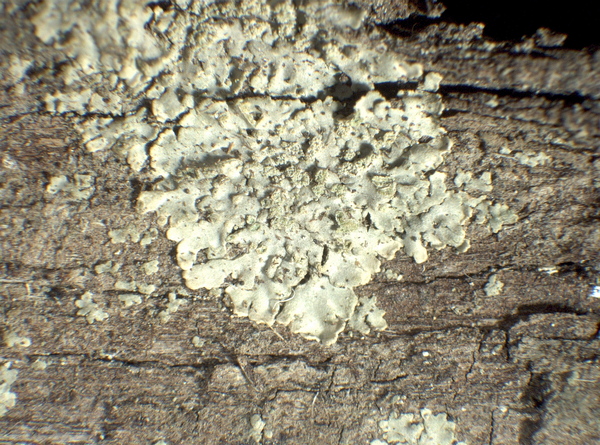

P.L.Nimis; Owner: Department of Life Sciences, University of Trieste
Herbarium: TSB (38247)
2008.02.25
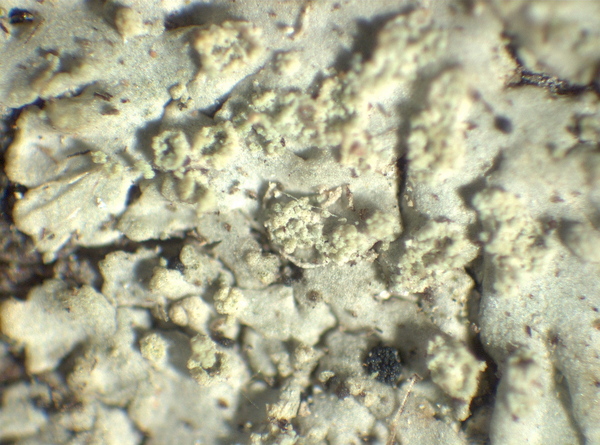

P.L.Nimis; Owner: Department of Life Sciences, University of Trieste
Herbarium: TSB (38247)
2008.02.25
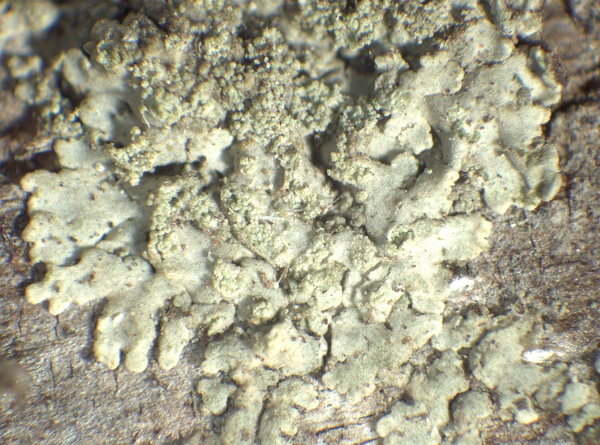

P.L.Nimis; Owner: Department of Life Sciences, University of Trieste
Herbarium: TSB (38247)
2008.02.25
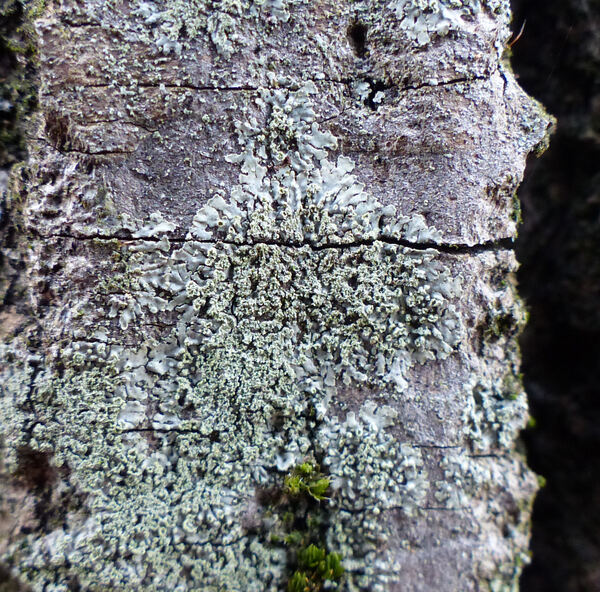

Andrea Moro; Owner: Department of Life Sciences, University of Trieste
Italy, Friuli Venezia Giulia, Trieste, Trieste, Via Valerio, near the entrance to Comprensorio di San Giovanni, on Tilia
17/02/2017


Andrea Moro; Owner: Department of Life Sciences, University of Trieste
Italy, Friuli Venezia Giulia, Trieste, Trieste, Via Valerio, near the entrance to Comprensorio di San Giovanni, on Tilia
17/02/2017
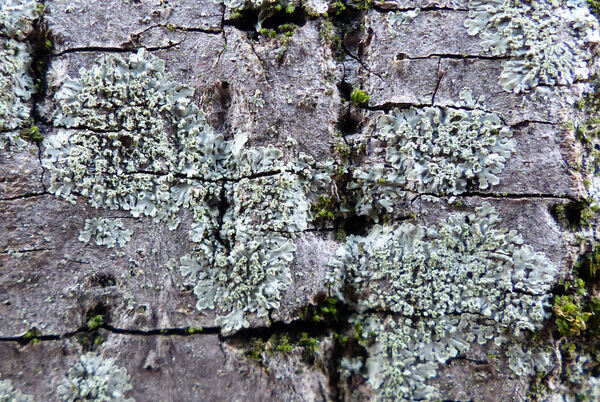

Andrea Moro; Owner: Department of Life Sciences, University of Trieste
Italy, Friuli Venezia Giulia, Trieste, Trieste, Via Valerio, near the entrance to Comprensorio di San Giovanni, on Tilia
17/02/2017
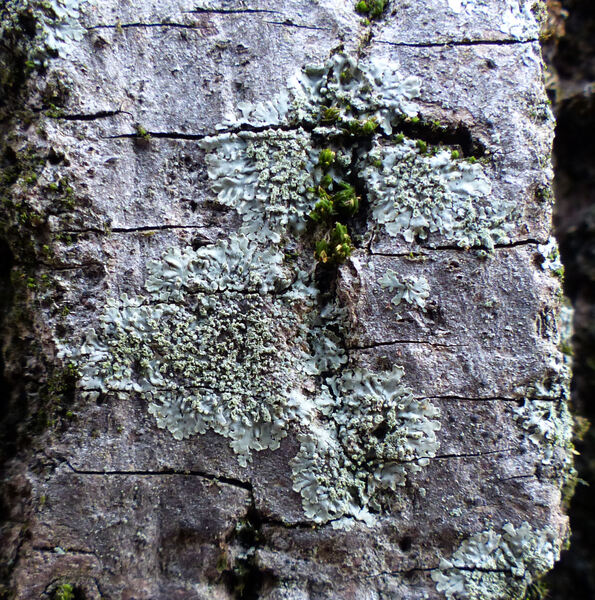

Andrea Moro; Owner: Department of Life Sciences, University of Trieste
Italy, Friuli Venezia Giulia, Trieste, Trieste, Via Valerio, near the entrance to Comprensorio di San Giovanni, on Tilia
17/02/2017
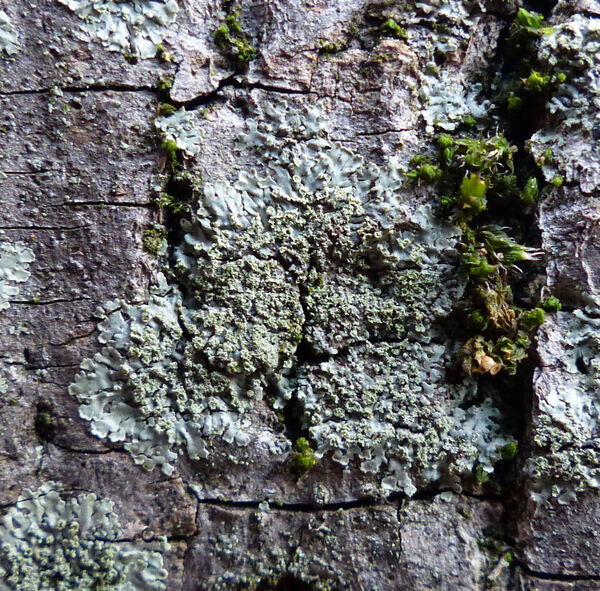

Andrea Moro; Owner: Department of Life Sciences, University of Trieste
Italy, Friuli Venezia Giulia, Trieste, Trieste, Via Valerio, near the entrance to Comprensorio di San Giovanni, on Tilia
17/02/2017
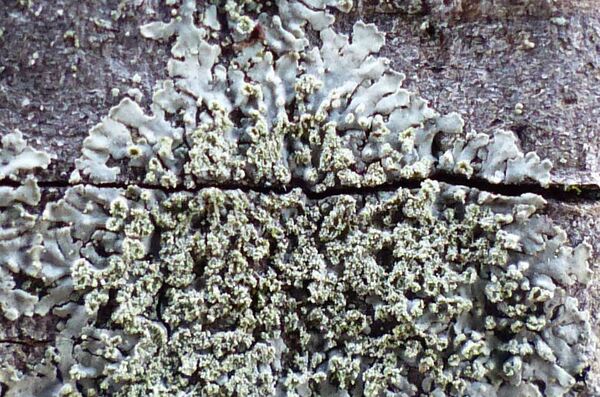

Andrea Moro; Owner: Department of Life Sciences, University of Trieste
Italy, Friuli Venezia Giulia, Trieste, Trieste, Via Valerio, near the entrance to Comprensorio di San Giovanni, on Tilia
17/02/2017


Felix Schumm - CC BY-SA 4.0
[20176], Jugoslavia, Dalmatia, Starigrad, in vallecula haud procul a faucibus Paklenica. In cortice Quercus pubescentis. Leg. et det. J. Poelt et J. Hafellner, 13.06.1973. V ZDA: LICHENES SELECTI EXSICCATI NR. 1194.
As Ph. ticinensis
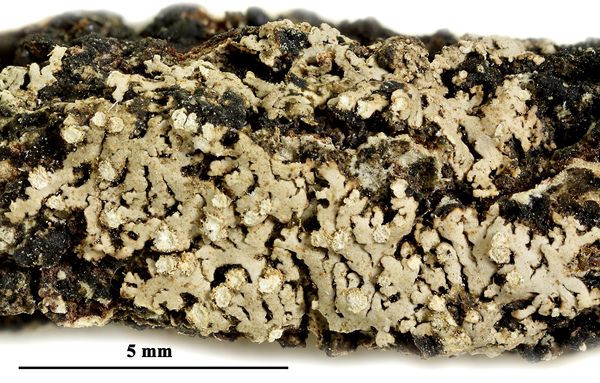

Felix Schumm - CC BY-SA 4.0
[20176], Jugoslavia, Dalmatia, Starigrad, in vallecula haud procul a faucibus Paklenica. In cortice Quercus pubescentis. Leg. et det. J. Poelt et J. Hafellner, 13.06.1973. V ZDA: LICHENES SELECTI EXSICCATI NR. 1194.
As Ph. ticinensis
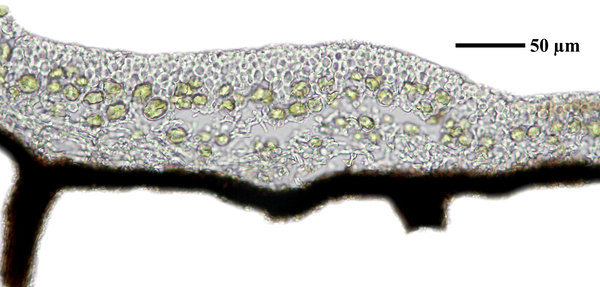

Felix Schumm - CC BY-SA 4.0
[20176], Jugoslavia, Dalmatia, Starigrad, in vallecula haud procul a faucibus Paklenica. In cortice Quercus pubescentis. Leg. et det. J. Poelt et J. Hafellner, 13.06.1973. V ZDA: LICHENES SELECTI EXSICCATI NR. 1194.
As Ph. ticinensis
Growth form: Foliose, narrow lobed
Substrata: bark
Photobiont: green algae other than Trentepohlia
Reproductive strategy: mainly asexual, by soredia, or soredia-like structures (e.g. blastidia)
Commonnes-rarity: (info)
Alpine belt: absent
Subalpine belt: absent
Oromediterranean belt: absent
Montane belt: absent
Submediterranean belt: rather rare
Padanian area: absent
Humid submediterranean belt: rare
Humid mediterranean belt: absent
Dry mediterranean belt: absent

Predictive model
| Herbarium samples |


Felix Schumm - CC BY-SA 4.0
[20176], Jugoslavia, Dalmatia, Starigrad, in vallecula haud procul a faucibus Paklenica. In cortice Quercus pubescentis. Leg. et det. J. Poelt et J. Hafellner, 13.06.1973. V ZDA: LICHENES SELECTI EXSICCATI NR. 1194.
As Ph. ticinensis


P.L. Nimis; Owner: Department of Life Sciences, University of Trieste
Herbarium: TSB (35424)
2002/12/02


P.L. Nimis; Owner: Department of Life Sciences, University of Trieste
Herbarium: TSB (4015)
2001/12/11


P.L.Nimis; Owner: Department of Life Sciences, University of Trieste
Herbarium: TSB (38247)
2008.02.25


P.L.Nimis; Owner: Department of Life Sciences, University of Trieste
Herbarium: TSB (38247)
2008.02.25


P.L.Nimis; Owner: Department of Life Sciences, University of Trieste
Herbarium: TSB (38247)
2008.02.25


Andrea Moro; Owner: Department of Life Sciences, University of Trieste
Italy, Friuli Venezia Giulia, Trieste, Trieste, Via Valerio, near the entrance to Comprensorio di San Giovanni, on Tilia
17/02/2017


Andrea Moro; Owner: Department of Life Sciences, University of Trieste
Italy, Friuli Venezia Giulia, Trieste, Trieste, Via Valerio, near the entrance to Comprensorio di San Giovanni, on Tilia
17/02/2017


Andrea Moro; Owner: Department of Life Sciences, University of Trieste
Italy, Friuli Venezia Giulia, Trieste, Trieste, Via Valerio, near the entrance to Comprensorio di San Giovanni, on Tilia
17/02/2017


Andrea Moro; Owner: Department of Life Sciences, University of Trieste
Italy, Friuli Venezia Giulia, Trieste, Trieste, Via Valerio, near the entrance to Comprensorio di San Giovanni, on Tilia
17/02/2017


Andrea Moro; Owner: Department of Life Sciences, University of Trieste
Italy, Friuli Venezia Giulia, Trieste, Trieste, Via Valerio, near the entrance to Comprensorio di San Giovanni, on Tilia
17/02/2017


Andrea Moro; Owner: Department of Life Sciences, University of Trieste
Italy, Friuli Venezia Giulia, Trieste, Trieste, Via Valerio, near the entrance to Comprensorio di San Giovanni, on Tilia
17/02/2017


Felix Schumm - CC BY-SA 4.0
[20176], Jugoslavia, Dalmatia, Starigrad, in vallecula haud procul a faucibus Paklenica. In cortice Quercus pubescentis. Leg. et det. J. Poelt et J. Hafellner, 13.06.1973. V ZDA: LICHENES SELECTI EXSICCATI NR. 1194.
As Ph. ticinensis


Felix Schumm - CC BY-SA 4.0
[20176], Jugoslavia, Dalmatia, Starigrad, in vallecula haud procul a faucibus Paklenica. In cortice Quercus pubescentis. Leg. et det. J. Poelt et J. Hafellner, 13.06.1973. V ZDA: LICHENES SELECTI EXSICCATI NR. 1194.
As Ph. ticinensis


 INDEX FUNGORUM
INDEX FUNGORUM
 GBIF
GBIF
 DOLICHENS
DOLICHENS



